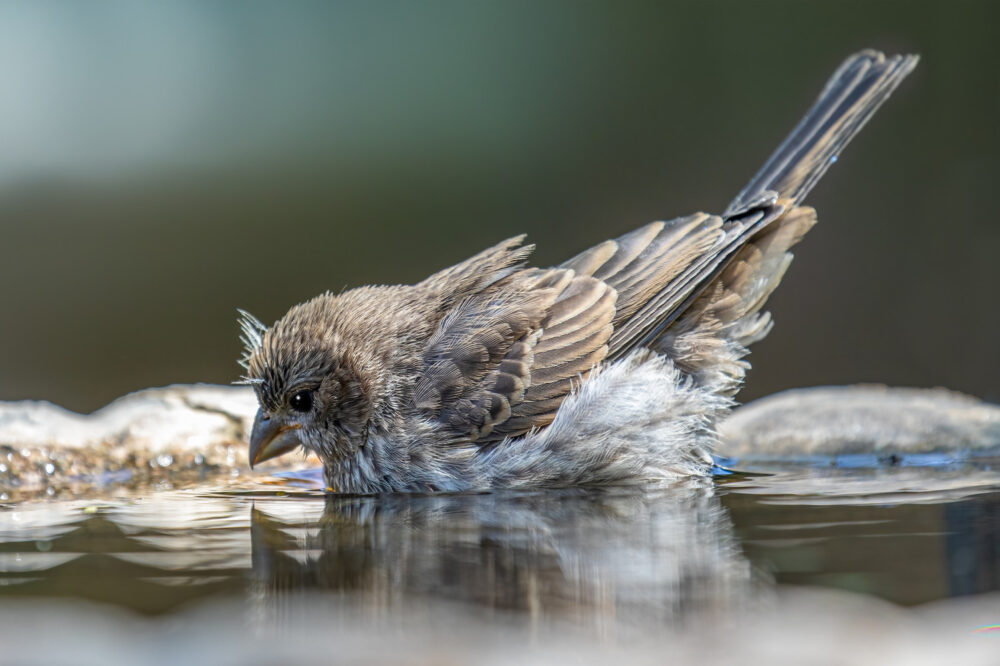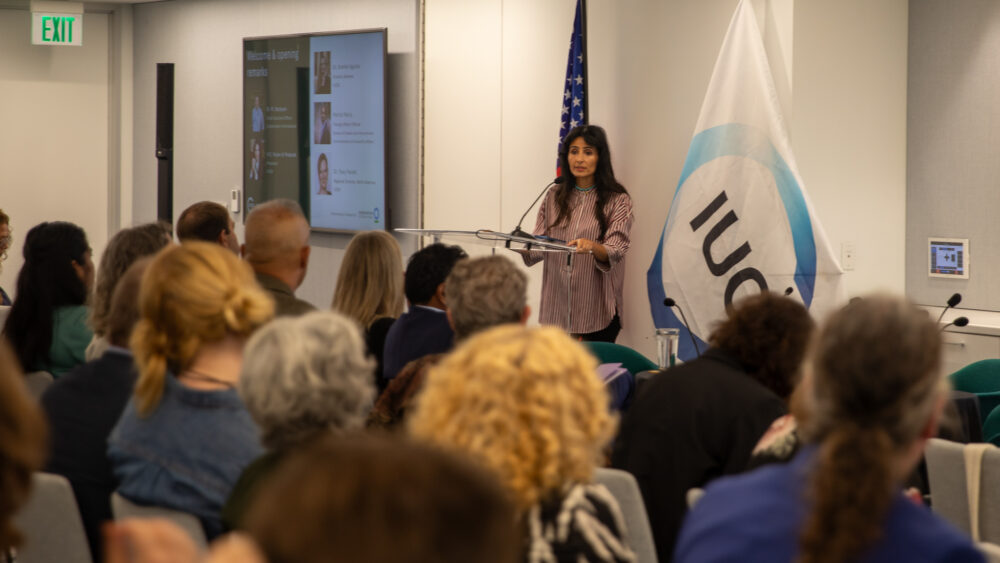We have much more to do and your continued support is needed now more than ever.
An Introduction to Species Reintroduction

The Department of Interior this week announced plans to reintroduce 10 endangered whooping cranes to a Louisiana conservation area.
This project is the latest in an ongoing, intensive effort by state and federal agencies and conservation organizations to bring whoopers back from the brink of extinction.
According to Secretary of the Interior Ken Salazar: “The whooping crane is an iconic species that should be returned and restored to health along the Gulf Coast…The reintroduction of these remarkable birds will be a milestone moment for the Gulf Coast and in our continuing commitment to the protection and restoration of America’s Great Outdoors.”
Challenges to Reintroduction
What exactly is species reintroduction? Basically, it is the release of captive born animals to areas where they once existed. In talking to Dr. Doug Inkley, senior wildlife biologist for the National Wildlife Federation, I learned that species reintroductions come with a host of challenges, including:
- Cost. A species reintroduction program is often an expensive undertaking. According to this PBS article, “the most expensive captive program ever was the California condor reintroduction program, which has cost over 35 million dollars since 1987.”
- Captive breeding. Some species are hard to breed in captivity. Yes, I’m talking about you Giant Panda.
- Lack of learned knowledge. Species born in captivity are not able to learn from their parents the knowledge they need to survive in the wild. Skills like catching prey, finding shelter and responding to predators must be taught to captive bred populations before reintroduction. Examples of this include using “hack boxes” to acclimate peregrine falcons to their cliff-side habitat or using ultra light aircraft to teach whooping cranes to migrate.
- Single event catastrophes. Even if a species is bred successfully in captivity and even if it learns to survive in the wild on its own, there is the concern that a single event, such as a hurricane, drought or disease could decimate the newly reintroduced population. Dr. Inkley describes these as “single event catastrophes.” Interestingly, it is precisely this threat that the Department of Interior is trying to offset with the reintroduction of whooping cranes to Louisiana. According to the Fish and Wildlife Service FAQ:
“The only self-sustaining natural wild population nests in the Northwest Territories and adjacent areas of Alberta, Canada, primarily within the boundaries of Wood Buffalo National Park. It is possible that all or most of the populations of these endangered birds could be wiped out from a single event such as a hurricane, disease outbreak, toxic spill, or prolonged drought.”

For these reasons and more, reintroduction is often carried out only as “last resort” for saving species. Yet for wildlife like the black-footed ferret, whooping cranes and peregrine falcons reintroduction made the difference between extinction and survival in the wild.
A Better Way
According to Dr. Inkley, it is more preferable to catch a species in decline early on and take the necessary steps to protect it and its habitat, rather than rely on these more dramatic and challenging conservation endeavors.
In the United States, the Endangered Species Act (ESA) works like a safety net for species on the brink. Thanks to the ESA, we have been able to stave off hundreds of extinctions (including the bald eagle) and have protected millions of acres of fish and wildlife habitat.
You can read more about the Endangered Species Act and its successes here. Also, check out www.nwf.org/ESA to learn what NWF is doing to keep the Endangered Species Act strong.
Take Action
Right now, another one of America’s iconic birds, the sandhill crane, is facing a huge threat. A proposed tar sands oil pipeline, if approved, would pump dangerous and dirty fuel right through Nebraska and five other heartland states. Nebraska’s central Platte River valley, a green oasis in an otherwise semi-arid region, is a critical stopover that allows more than half a million Sandhill Cranes to rest and eat before they migrate to northern breeding grounds.
Send a message to President Obama and the U.S. State Department, urging them to stop the Keystone XL pipeline from being built.





















